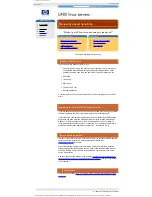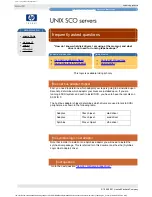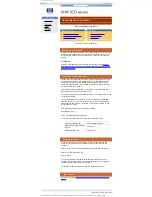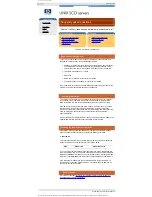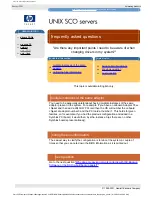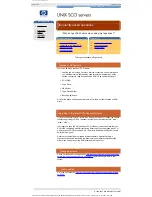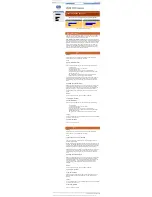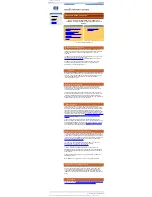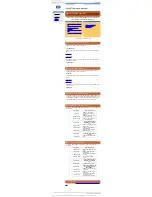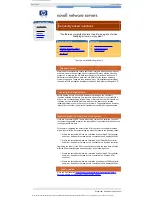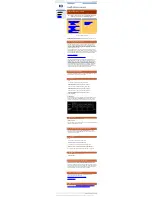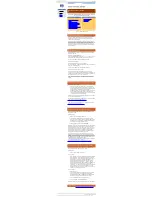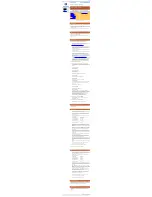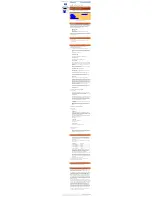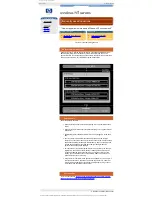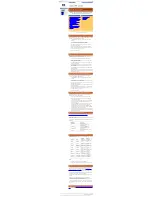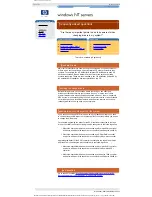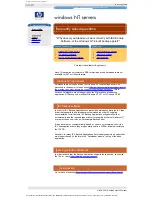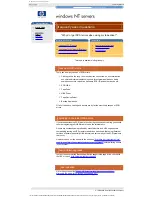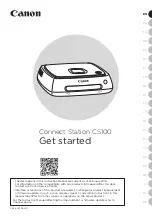
novell netware frequently asked questions
hp learning products
http://www.hp.com/support/tape
may have a later version
data protection
drivers FAQs
windows NT
netware
unix - SCO
unix - linux
frequently asked questions
"How do I tell if my tape drive and drivers are correctly set up?"
contents of this section
related topics
tape drive not recognised
checking the cables
checking the HBA driver
how to get further information
back to list of questions
previous question
next question
This topic is available in English only
tape drive not recognised
There can be several reasons why a tape drive attached to the system is not
recognised by backup software:
1.
Cabling may be too long, too many devices connected, no bus termination,
non-shielded internal cables being used for external applications, badly
seated connectors, tape drive has same SCSI ID as another device, illegal
bus configuration etc.
2.
Tape Drive not switched on, or faulty.
3.
HBA faulty.
4.
HBA Driver not loaded, or incorrect driver loaded.
5.
Tape Device driver or ASPI driver not loaded, or incorrect driver loaded.
6.
Tape Device driver or Backup Application does not support tape drive. HP
SureStore DAT and DLT drives have wide tape device driver and backup
application connectivity - see the answer to the question
"Which HP
SureStore tape drives are certified by Novell, ISVs and IHVs for use on
NetWare."
for full details.
In general, faulty tape drives and HBAs are rarely the cause of the problem, so all
other possibilities should be checked first.
checking the cables
The simplest way to check that the cabling is not at fault is to look for the SCSI
Inquiry string of the Tape Drive, which should be displayed by the SCSI HBA
BIOS (of the HBA to which the drive is attached) when the system is booting.
If the SCSI Inquiry string of the tape drive is seen at boot time, then it is unlikely
that the problem is one of the first three listed above. However, this will not
preclude any SCSI errors which arise from marginal cabling, and which generally
show up during high-speed synchronous data transfer (when performing
backups/restores). If the problem relates to an LVDS (Ultra 2 Wide - 68 pin)
device sharing the SCSI bus with SE narrow (50 pin) devices, users must ensure
that either the LVDS device is placed first on the bus, or the appropriate pass-
through cables are used.
Some systems will not display the SCSI Inquiry strings when booting. However all
Adaptec and Symbios SCSI controllers with a BIOS should do this.
checking the HBA driver
In order to check that the HBA and Tape Drive drivers are installed and working
correctly, access a screen listing of the devices attached to the system by entering
the following commands at the console prompt:
"SCAN FOR NEW DEVICES"
"LIST DEVICES"
If a list does not appear then the HBA driver is the likely cause of problems.
However, if the HBA header appears (possibly with a list of other devices
connected on the same bus), but the tape drive Inquiry String is not shown
(remember there should be 2 LUNs shown for an Autoloader), then it is likely that
the tape driver is not loaded correctly.
Note that the command
"SCAN FOR NEW DEVICES"
can be used to force
NetWare to find tape drives you have added to the system after NetWare has
started up, or if you have just loaded a new HBA driver.
how to get further information
Consult the answer to the question
"How do I know what drivers (DDFS or NWPA)
I am using at the moment, and what drivers I need for running tape backups"
to
find out how to check that the correct HBA driver and Tape Device Driver (or ASPI
driver) are loaded.
In order to check that the Backup Application supports the tape drive, check with
the ISV, or go to
http://www.hp.com/go/connect.
next question
Go to the next question
"Are there any important points I need to be aware of
when changing drivers in my system"?"
© 1999-2001, Hewlett-Packard Company
file:///C|/Documents%20and%20Settings/topher.COL-SPRINGS/Desktop/dltvs80%20manual/document/common/drivers_faqs/eng/nw_q3.htm [11/29/2001 8:35:23 AM]



